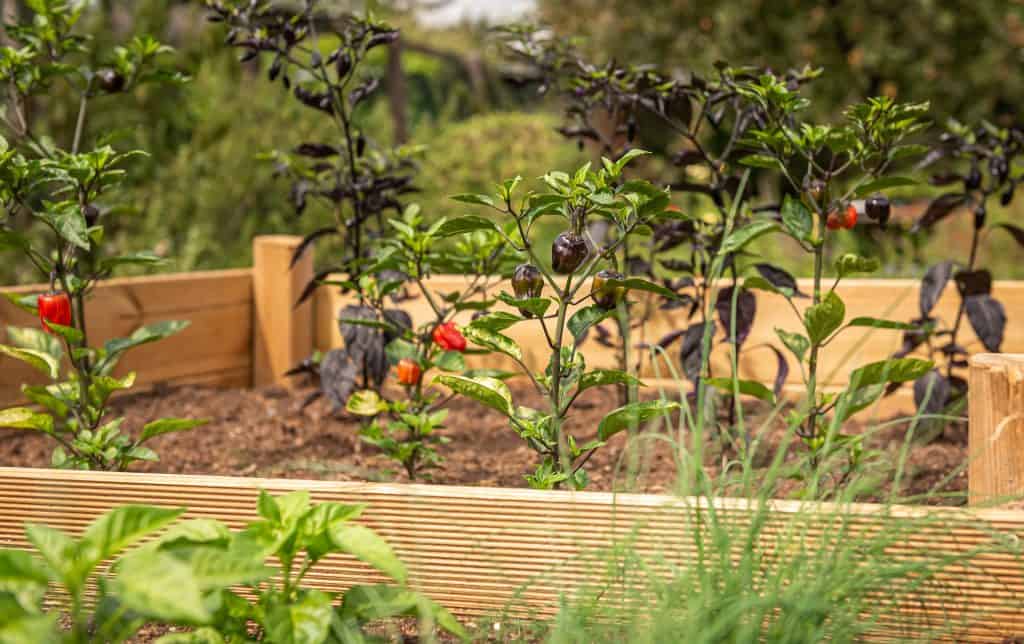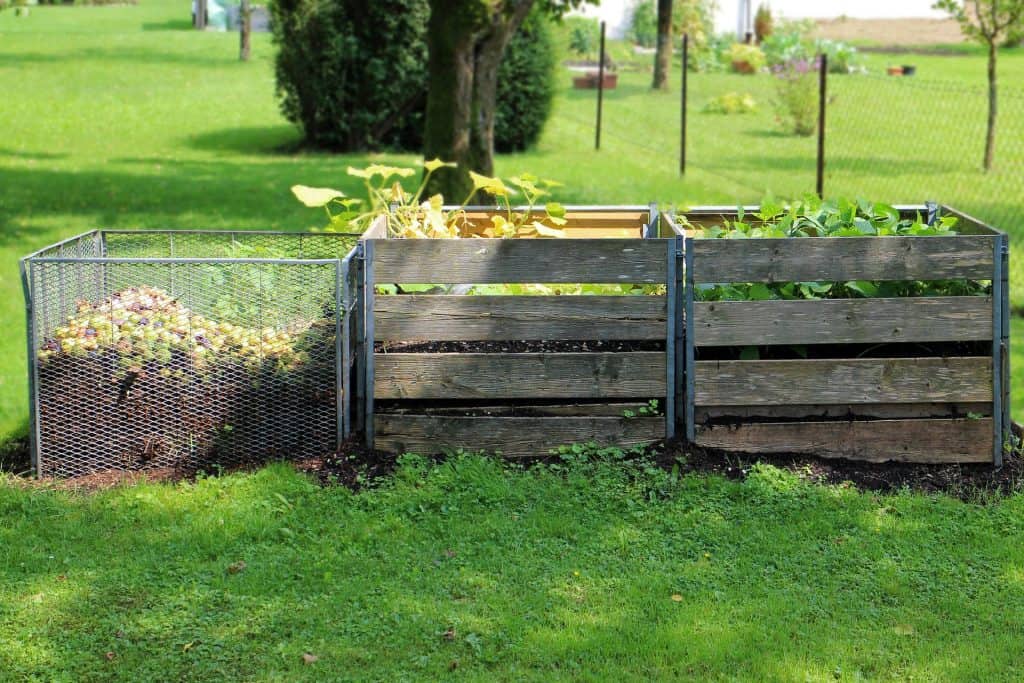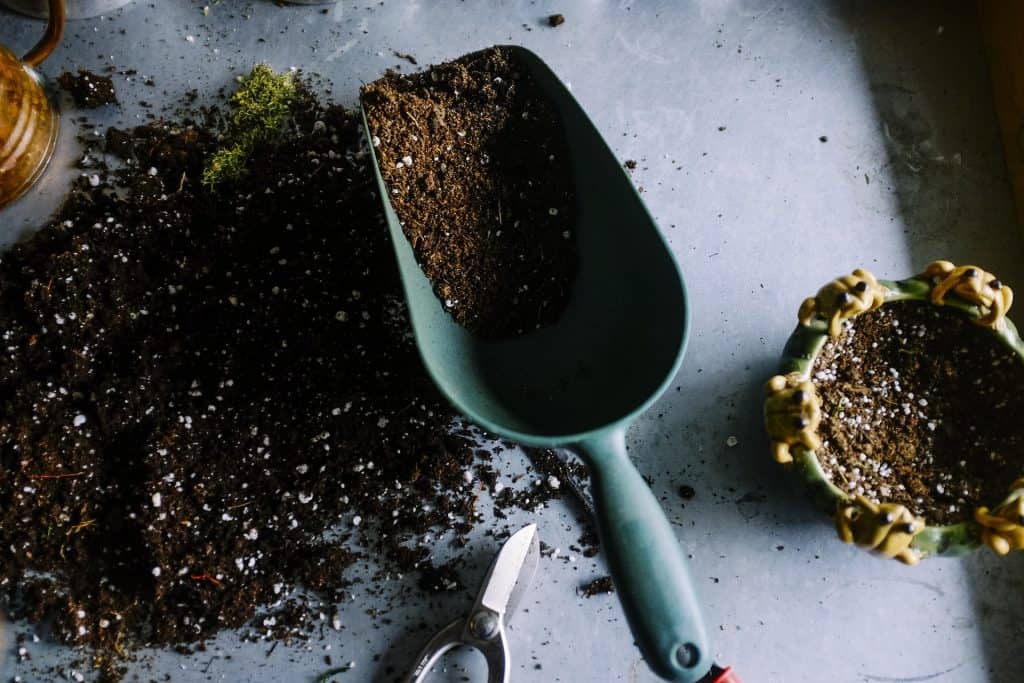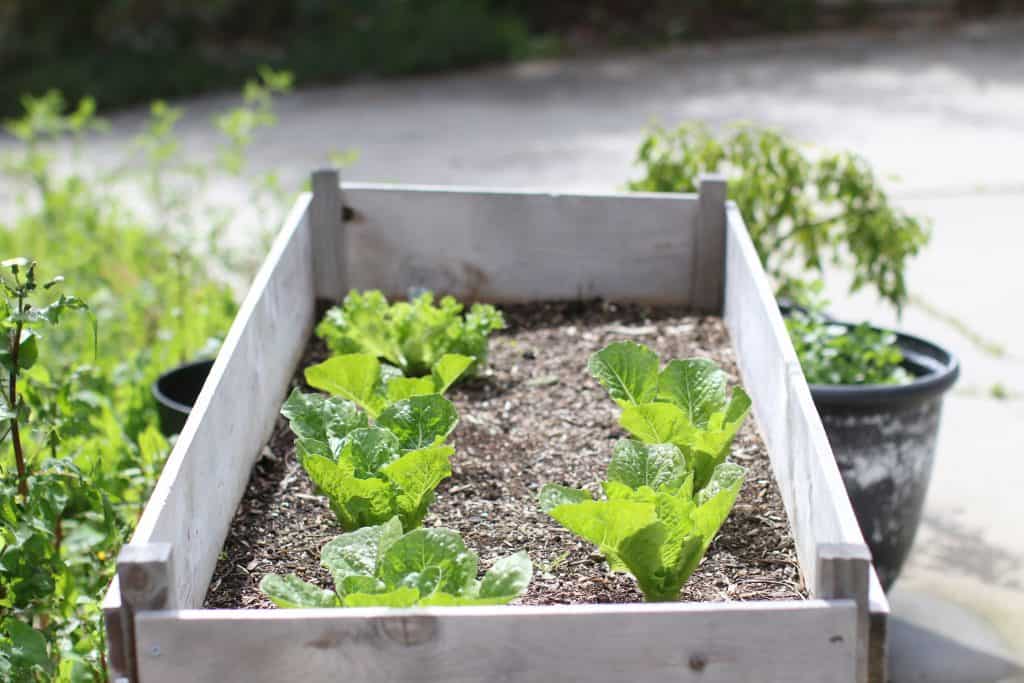There are many reasons why a raised garden should be your landscape’s next modern upgrade. It’s easier to work with. It eliminates the often problematic back pain experienced with gardening on the floor level. It can be built so your plants require less water to survive.
Building a raised garden bed can be expensive to do. Here are some great tips on how to fill a raised garden bed fairly cheaply.
How to Fill a Raised Garden Bed Cheaply
Knowing how to fill a raised garden bed cheaply can make the biggest difference. You can find your own ways to produce the materials you need for your raised garden. No need to spend a large amount of cash. From collecting your own compost, to finding free topsoil, you can do so much with a minimum budget.

Here are some great ways to fill a raised garden bed.
Collect Organic Waste
If you want to be able to create enough soil mass, but still save money, it’s a good idea to collect your own organic waste.
It may take a while to collect enough. This is far better than spending a good hundred (or two) on enough compost. Use grass clippings, organic waste from the kitchen, and trimmings from bushes and trees. The more, the merrier.
If you don’t have the time to collect your own organic waste, or simply do not make enough organic waste to fill your raised bed, you can always talk to a local restaurant, your friends, family, or neighbors. There are always other ways to get the compost you need without spending money.
Make Your Own Worm Waste (Black Gold)
If you’re looking for a cheap way to fill your raised garden beds, worm waste is an incredibly nutritious material you can make all on your own. And it’ll keep producing material for as long as you need it.

It is such an effective way of adding nutrition to your soil that landscapes and gardeners call this ‘black gold’. But how do you make your own?
How to make your own worm waste:
- Fill a container with shredded paper (not glossy/magazine paper). The paper needs to be moist as it is what the worms will use as their bed. And it should be thin enough for them to digest.
- The next step is to add a handful of organic waste on top of the moist paper. Worms enjoy fruits, vegetables, and eggshells. Don’t add too much waste if you want to avoid the smell of rotting food. Instead, make it a point you add food waste a day at a time.
- Introduce as many worms as possible. Buy red wiggler worms specifically. This will take around a month for them to eat their way through an amount of waste. Red wiggler worms can eat and digest up to the same volume of waste as their own body weight.
- Once everything has been turned entirely to worm waste soil, you can remove the worms and use this material to add to your raised garden bed.
Find Free Topsoil
Somewhere, somehow, there’s a way to get topsoil for free. And this is a good way to save money on your raised garden bed space.
- Construction sights
- Local landscapers
- Farm land
These places need to get rid of unwanted soil. And you need a lot of it. It’s a win-win situation. As much as possible, make sure the soil you collect is not treated with weed killers and other chemicals. Inspect the soil yourself to make sure it is the right type of soil for your raised bed.
Organize your Raised Garden Bed Space
Organizing the way you use your materials is also a cost-efficient way to fill your raised garden bed. Follow these tips to save more money on your project.
Use a 1:1 Ratio of Compost and Soil
To get the most out of your layer of compost, you can mix an equal amount of regular soil with it. This will help you fill your garden bed, and it’s good for your plants. As much as possible, it’s important that your 1:1 ratio be as accurate as possible.

You’ll need to either weigh your soil mixture or measure the volume using other means. It’s also equally important that the combination of compost is mixed well. This may mean getting your hands in there and mixing this yourself. It doesn’t matter how you approach this, just make sure you do it well.
Add a Layer of Newspaper or Cardboard
As much as possible, you want to suppress any weeds or grass that may grow from your compost layer. Do this by adding a layer of newspaper or cardboard before adding your compost soil.
You can use one layer of cardboard or around 4 sheets of newspaper. This helps the raised bed last longer. Therefore you will save money on both maintenance and use of materials.
Use the Lasagna Method
The lasagna method is important to know as it combines all of the key ideas of cheaper alternatives to the process of filling up your raised garden bed. It is made to help your bed last for an exceptional amount of time.
The lasagna method will ultimately help you reduce the number of times you’ll change the soil. This saves you money in the long haul.
What You’ll Need
Collect all of these materials to complete your lasagna method.
- Branches and leaves
- Grass and plant clippings
- Fruit and vegetable waste
- Coffee grounds and used tea leaves
- Newspaper or cardboard
- Manure
- Regular soil
Once you have all of the materials above, you can now move on to working on your raised garden bed.

Follow these easy steps to make the most out of your raised garden bed space, and save money on filling your bed.
- Layer 1: For the first layer, lay newspapers or cardboard to keep the weeds or grass from growing. And to separate the surface soil from your regular soil.
- Layer 2: Add branches and leaves. These will take more time to decompose, and therefore, will last longer.
- Layer 3: On top of this, add a layer of grass and plant clippings.
- Layer 4: Add a layer of food waste. This includes fruits, vegetables, coffee grounds, and used tea.
- Layer 5: Then add a layer of manure. Make it a point that you get aged manure. Fresh manure can burn your plants as it has a high concentration of nitrogen.
- Layer 6: And at the very top layer, you can add the topsoil. Make sure that it is thick enough for the growth of roots and to support the weight of your plants.
- You can repeat the 2nd, 3rd, 4th and 5th layers before adding the topsoil if you want. This will help create an even richer soil that’s healthier for your plants.
These steps will help you to complete the lasagna method to create a more cost-efficient filler for your raised garden bed.
[lyte id=u4DRfPMd7yQ&ab_]
Conclusion
These are incredibly helpful tips on how to fill your raised garden bed cheaply. You don’t have to spend a lot of money to get great results. With the right techniques and proper execution, you can have a nutrition-rich soil for healthy plant growth. And you’ll have a beautiful raised garden without the painful bill that often comes along with it.